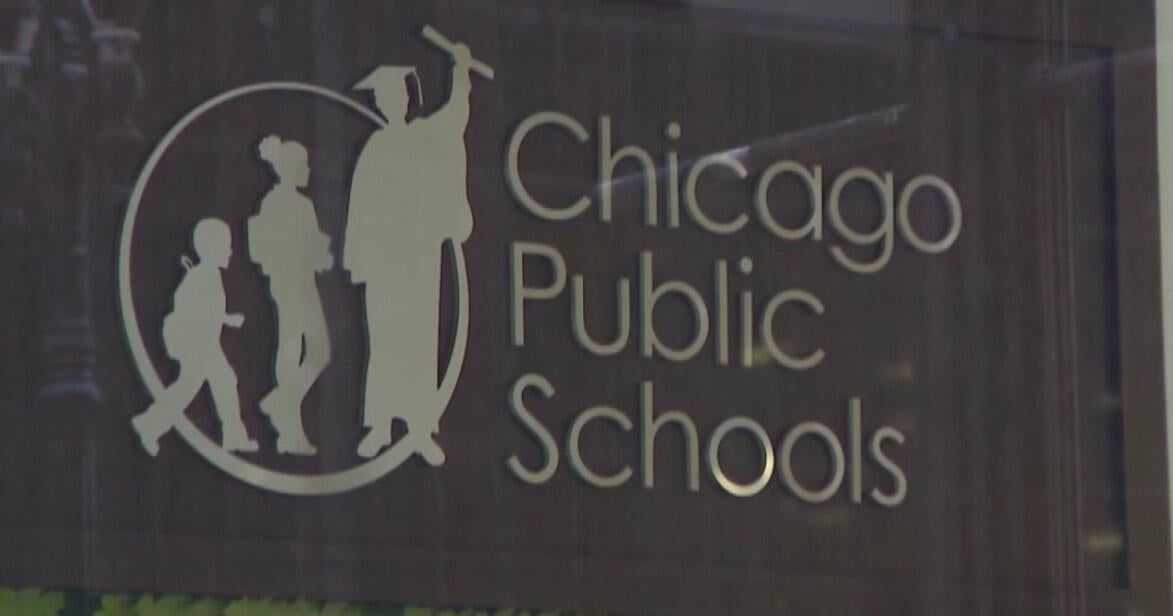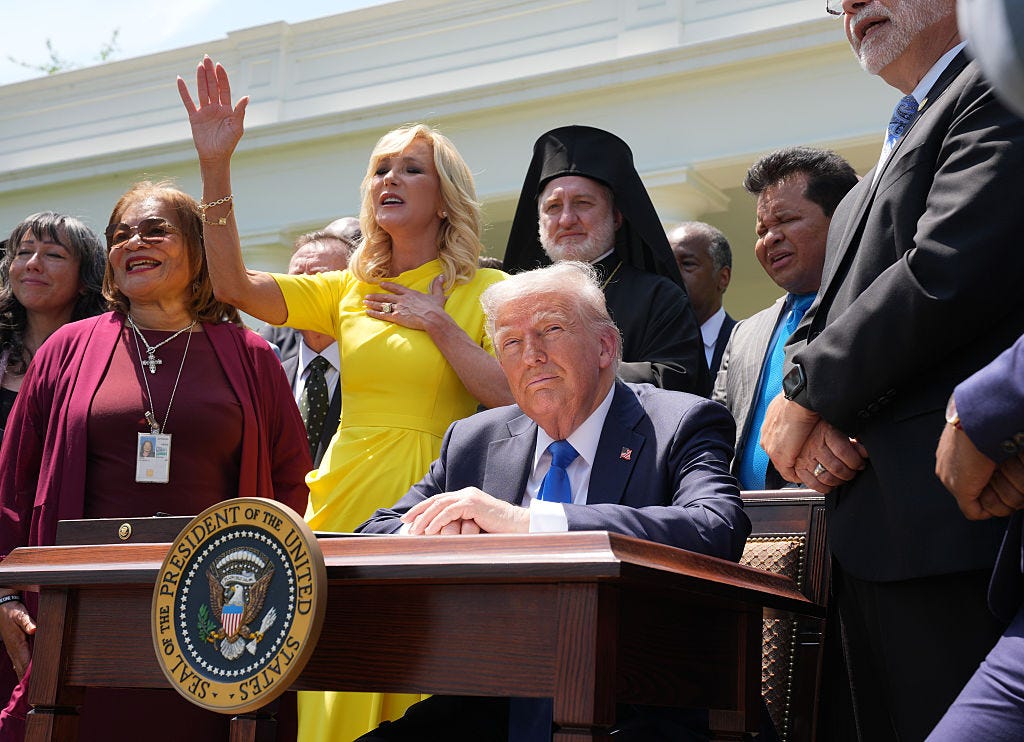What to look for in the Labor Department's May jobs report
The U.S. job market is starting to resemble what it looked like before the pandemic upended work and life around the globe.
With the Department of Labor set to release May employment data on Friday, analysts forecast that employers added 180,000 jobs last month. That would amount to a cooler pace of hiring than in the first three months of the year, but show that job growth remains frisky enough to keep unemployment in check.
Indeed, if the nation's jobless rate holds at 3.9%, it would mark the 28th straight month with unemployment below 4% — the longest such stretch since the early 1950s, government data shows.
More broadly, experts say the job market is consistent with an economy coming in for a "soft landing," rather than plunging toward a recession. Layoffs have continued to be subdued and inflation, which flared earlier this year, has resumed its gradual descent.
Art Hogan, chief market strategist at B. Riley Wealth, said that narrative will hold provided there is no surprise in Friday's jobs report. A surprise, in this case, would be if May payroll gains fell below 100,000, which would indicate the economy is hitting a wall, or topped 300,000, which would raise concerns about overheating.
Waiting on the Fed
In striving to slow the economy enough to tamp down inflation, the Federal Reserve is looking to balance the supply and demand of workers without sparking a surge in unemployment or setting off a recession.
"If the other data in the jobs report looks like they did in April, then it should help the Fed feel more comfortable about lowering interest rates," economist Dean Baker, co-founder of the Center for Economic and Policy Research, wrote in a post this week.
That April jobs report had the economy adding 175,000 jobs, below expectations and a downshift from the blockbuster hiring in March, when employers added 315,000 jobs.
The April data also included the smallest increase in payrolls in six months, alleviating worries that the economy was re-accelerating and likely to keep the Fed from cutting interest rates this year.
Nonfarm payrolls need to average about 150,000 a month to keep unemployment in check, given the current population growth, and would be in line with pre-pandemic hiring levels, Hogan noted.
A number between 150,000 and 200,000 on Friday would be good enough to say the economy continues to grow, and would likely keep the Fed on a path to cut interest rates in September, he added.
As to why so many Americans remain glum about the nation's financial picture, Hogan believes human psychology and an election year both come into play.
"If you look at the hard data — retail sales, nonfarm payrolls — the economy looks like it's doing fine. But if you incorporate some of the survey data, what people are saying is it looks like things are falling apart," Hogan said.
For instance, Wall Street analysts and economists focus on sequential monthly inflation rates, while consumers tend to look at the numbers in the aggregate.
"It's the difference between me looking at inflation only being up 0.2% month-to-month, while consumers are looking at prices up 20% since 2020," the strategist said. Wages have risen 25% during that time, Hogan noted, "but people don't necessarily feel it."





